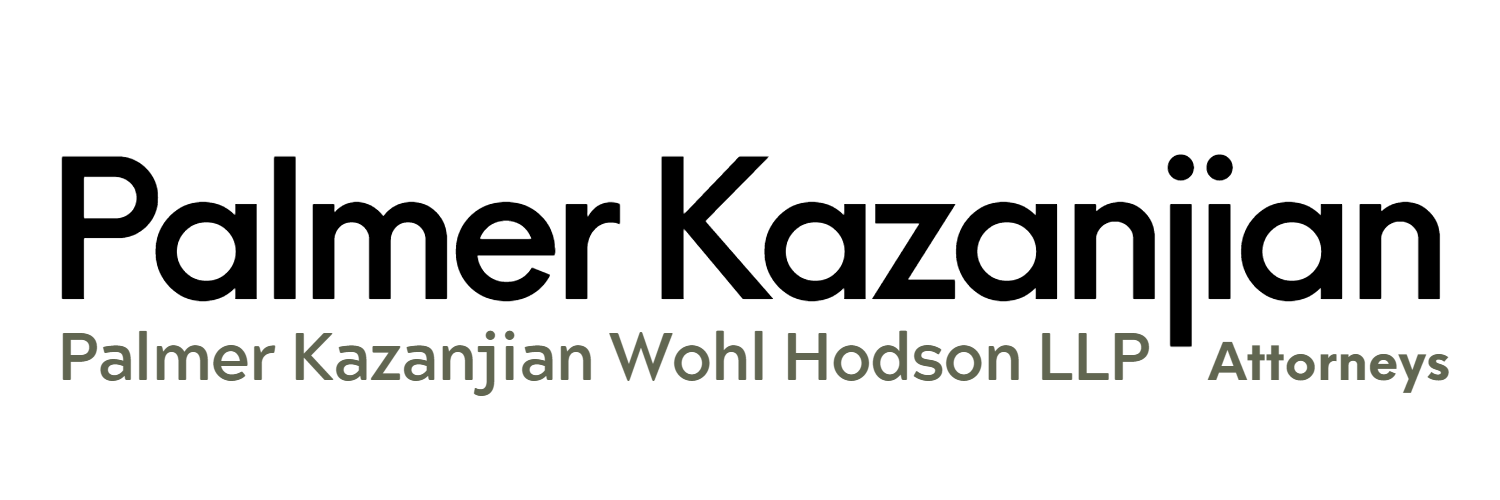The SECURE Act
The Setting Every Community Up for Retirement Enhancement Act of 2019 (“the SECURE Act”) makes broad changes to how employers may administer their retirement plans while also creating new incentives to start plans. The Act was signed into law by President Trump on December 20, 2019 as part of a larger appropriations act.
One major change is the introduction of Pooled Employer Plans (PEPs). PEPs allow employers to join together to create a single retirement plan, rather than having to create a different plan for each employer. Doing so allows small employers to benefit from economies of scale. Currently, employers may form Multiple Employer Plans (MEPs) to achieve the same purpose. However, MEPs require the employers share a common economic or representational interest, thereby restricting who can form them. PEPs do not have this requirement, and therefore diverse employers will soon be able to band together to create a single retirement plan. PEPs will become effective for plan years beginning January 1, 2021 or later.
Additionally, the SECURE Act removed the “one bad apple rule.” Under this rule, a MEP could be disqualified if a single employer in the MEP was not compliant with the plan. With the removal of this rule, employers will have a greater incentive to form PEPs. This change is effective for plan years beginning January 1, 2021 or later.
Before the SECURE Act, retirement plans could exclude part time employees if they worked less than 1,000 hours per year. With the SECURE Act, all employees who have worked 500 hours a year for three consecutive years must be allowed to participate in the employer’s retirement plan. Of note, the SECURE Act does not require employers to make contributions to these employees’ retirement plans. Lastly, collectively bargained plans are exempt from this requirement. The expanded accessibility requirement takes effect for plan years beginning January 1, 2021 or later.
In addition to expanded access, the SECURE Act also increases tax credits for small employers for starting a retirement plan. Specifically, the SECURE Act increases the tax credit for starting a plan from $500 per year for three years to $5,000 per year for three years. In addition to the $5,000 tax credit, the law also creates an additional tax credit of $500 per year for three years for employers that start a retirement plan with automatic enrollment. The tax credit changes became effective January 1, 2020.
Also starting January 1, 2020, the law significantly increased penalties for the failure to timely file mandatory reports.
The SECURE Act incentivizes employers to start a retirement plan and will likely reduce employers’ financial and administrative burdens for operating a plan.
We recommend that employers have their plan documents updated to reflect the SECURE Act’s changes to current plans.
CalSavers
CalSavers is a mandatory retirement program for California employers that began operating in 2019. Under CalSavers, each employee enrolled in the program is provided a Roth IRA. Employees are automatically enrolled in the program and make contributions from their paychecks unless they opt out. Employers incur no fees for enrolling in the program and are not able to make contributions to participating employees.
Under the program, employers that do not offer an employer-sponsored retirement plan and have five or more employees must enroll in the CalSavers program. However, the deadline for employers to set up a retirement plan or join CalSavers varies based on the size of the employer. Employers with more than 100 employees must comply by June 30, 2020. Employers with more than fifty employees have until June 30, 2021 to comply. The deadline for employers with five or more employees is June 30, 2022. Employers of all sizes may enroll before their deadlines.
To enroll in CalSavers, employers must first register through the CalSavers website and provide certain information about each employee to CalSavers. Employers have the continuing obligation to provide CalSavers with the information of new employees within 30 days of hiring.
Additionally, employers must make deductions for employees’ IRA contributions. Employers must then remit the contributions to the CalSavers program administrator within seven days of the deduction.
Further, employers that already have or will establish their own retirement plan must certify their exemption on the CalSavers website.
Employers who are eligible to join CalSavers but do not are subject to penalties of $250 to $500 per employee.
In sum, while there is no cost to joining CalSavers, employers must comply with the additional requirements of enrolling in or opting out of the program.
The experienced attorneys at Palmer Kazanjian Wohl Hodson LLP are available to assist employers regarding the effects of the SECURE Act and the CalSavers program to the operation of their business.

